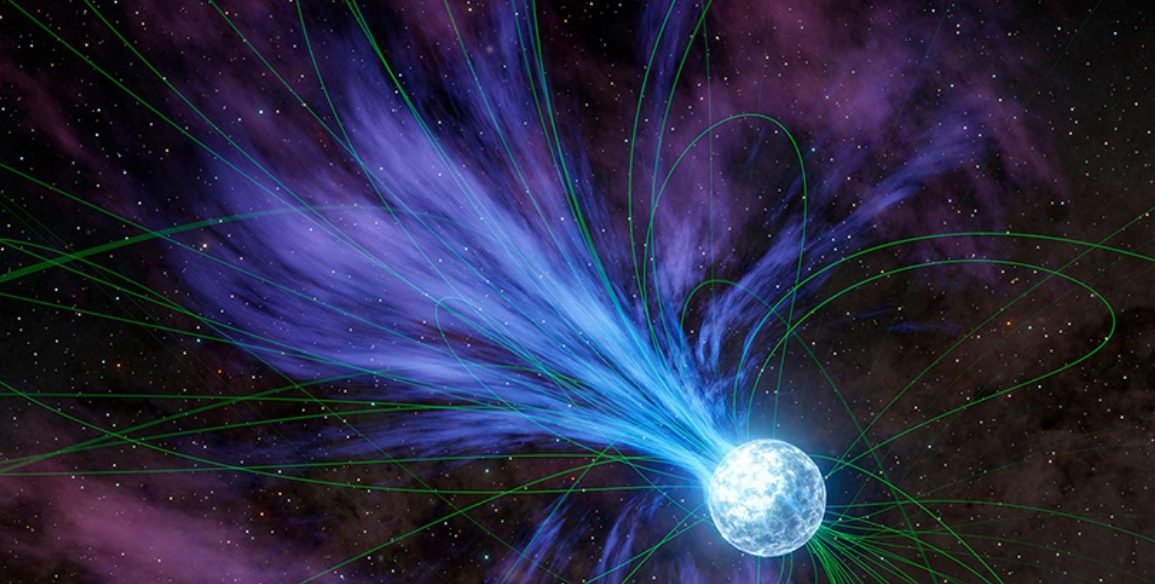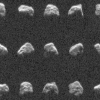Recent research has revealed a remarkable discovery within our Milky Way: a neutron star that rotates at an astonishing speed of 716 times per second, making it one of the fastest-spinning objects ever identified in the universe.
This neutron star is part of the X-ray binary star system ‘4U 1820-30’, located in the Sagittarius constellation, approximately 26,000 light-years from Earth.
Using NASA’s Neutron Star Interior Composition Explorer (NICER) telescope, mounted on the International Space Station, researchers from DTU Space observed thermonuclear explosions from this system.
The analysis revealed unique oscillations that suggested the rapid rotation of the neutron star.
Dr. Gaurava K. Jaisawal, a senior scientist at DTU Space, emphasized that this finding places the neutron star among the fastest-spinning celestial bodies, rivaled only by another known star, PSR J1748-2446.

Neutron stars are remnants of massive stars that have exploded in supernovae.
Despite measuring just 12 kilometers across, this neutron star possesses a mass 1.4 times that of the Sun.
The unique binary system also includes a white dwarf companion, orbiting the neutron star every 11 minutes—making it the system with the shortest known orbital period.
The neutron star’s intense gravitational pull extracts material from its companion, leading to violent thermonuclear bursts that can shine up to 100,000 times brighter than the Sun.
As Associate Professor Jerome Chenevez notes, these extreme phenomena not only deepen our understanding of stellar evolution but also provide insights into the universe’s elemental formation.
This groundbreaking discovery highlights the ongoing secrets our galaxy holds and the potential for future research to illuminate the life cycles of celestial bodies.

